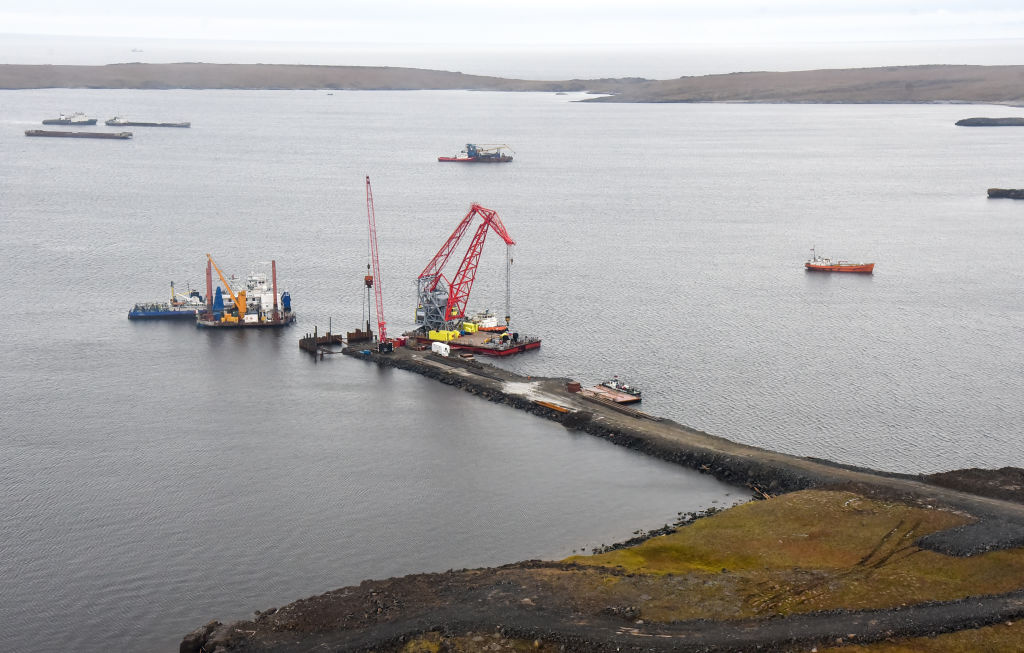Oil still well set, continues to benefit from the boom in consumer demand which, held back by the prohibitive prices of natural gas, they choose black gold, thus causing it to rally.
It is precisely the transfer of demand and therefore the lower demand for gas that puts prices under pressure: the TTF gas drops by more than 8%, also discounting the statements of the Russian Energy Minister and Deputy Prime Minister Alexander Novak, who said he believed that November and December supplies from Russia to Europe could be higher than current levels.
Buoyed by strong demand, oil futures traded on New York’s Nymex are instead approaching high $ 84 a barrel, after jumping 3.7% last week, confirming the strongest weekly upswing since 2015.
In fact, prices have continued to run for more than eight weeks, supported by the expectation of a further strengthening of demand with the farewell to the measures of restrictions imposed during the worst phase of the Covid-19 pandemic.
“The easing of restrictions around the world will likely support the recovery of fuel consumption“, ANZ Bank analysts wrote in a note, according to what was reported by Cnbc – Fuel prices are also supported by the news relating to the US decision to reopen their borders to vaccinated tourists. This was followed by similar decisions in Australia and Asia ”.
Among other things, analysts calculated that the choice of electricity supply companies alone to use oil instead of gas it could boost oil demand by another 450,000 barrels a day, during the fourth quarter of the year.
At the same time, the supply of oil is certainly not standing by, particularly in the United States, where energy companies last week, they have increased the number of oil and natural gas drills – drilling platforms (so-called rigs) dedicated to oil and natural gas – for the sixth consecutive week: according to what has been reported by the energy services company Baker Hughes, in the week that ended on 15 October last the drills, the number of which is considered a useful indicator to anticipate future production, in particular they increased by 10 units to 543, reaching the record since April 2020.
But evidently the supply is not considered sufficient by the market: and thus, Brent futures continue to discount the deficit situation. In the last few hours they have shot up to + 1%, up to $ 85.73 per barrel, to record since October 2018, while WTI prices have risen to $ 83.73 a barrel, at the latest since October 2014.
Vandana Hari, founder of the energy consulting company Vanda Insights he commented that “oil is now experiencing a total phase of speculative rally”, characterized by a “buying fever”, precisely because of the scarcity of coal and gas.
For its part Edward Moya, senior analyst at OANDA, he did not rattle off particularly reassuring forecasts, especially at a time when on consumers the specter of the expensive bill looms.
“The oil market deficit is set to get worse, given that the phenomenon of the energy crunch (lack of energy) will intensify with the weather conditions: and the temperatures have already become colder in the Northern hemisphere ”. Among other things, “in the face of the scarcity of supply of coal, electricity and natural gas which will translate into additional demand for crude (oil), it does not seem that the supply of extra barrels by OPEC + and United States will be significant ”.
In this situation, what many companies fear is the destruction of demand: A Bloomberg article specifically highlights that so far European industrial giants of the caliber of BASF and Yara International they have somehow managed to pass on the cost of the jump in energy costs they incur to their customers, thereby locking in profits.
But the risk of such a strategy is that companies, in adopting it, cancel future sales of their products.
“The greatest risk that looms is that of the destruction of demand, as inflation is being passed on to final consumers – commented to Bloomberg Peter Clark, analyst of the chemical sector of Société Générale. He believes the slump in sales could weigh on companies’ pricing power and profit margins next year. Thus stopping that post-Covid recovery that was being toasted, with more than just caution at this point.
